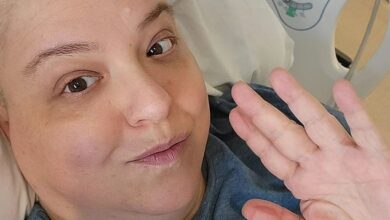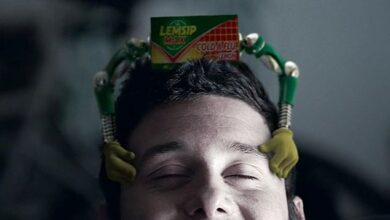Kate Middleton’s Preventative Chemotherapy Explained: The Grueling Drug Proven to Prevent Disease Return in Half of Cases
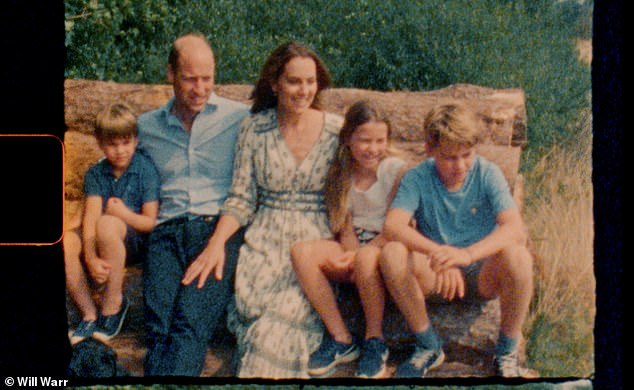
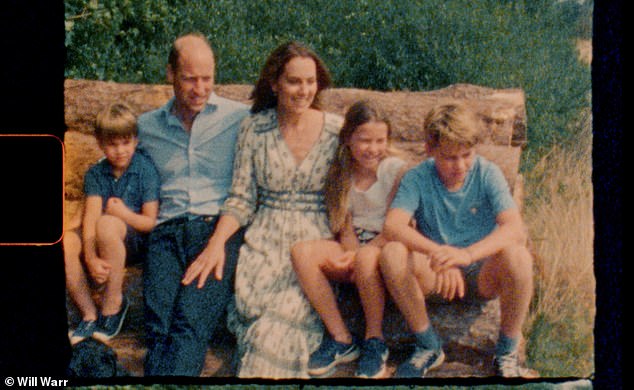
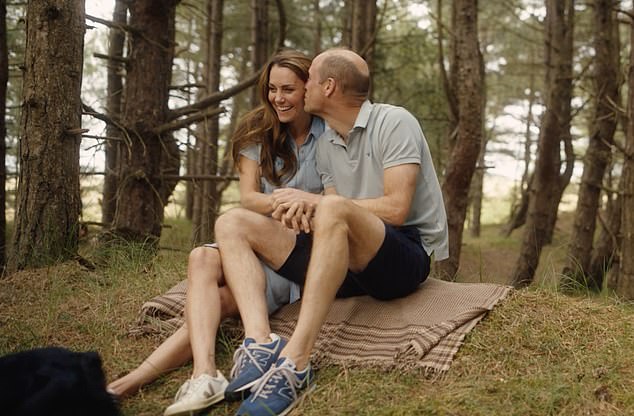



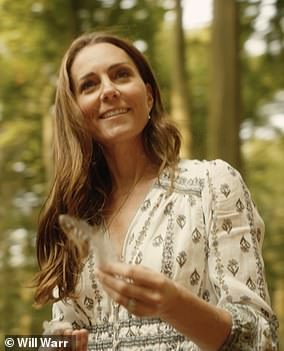
The Princess of Wales has shown she is on the mend in a moving family video marking the end of her preventive chemotherapy treatment.
Kate Middleton, 42, says she is now focused on “staying cancer-free” after a “tough” journey showed how important “loving and being loved” is.
In March, she announced that she had been undergoing preventive chemotherapy since late February, following her shocking cancer diagnosis.
Chemotherapy uses powerful drugs to attack tumors. These drugs are usually given to treat cancer directly or to shrink a tumor in preparation for surgery.
But it can also be used as a preventive option in the hopes of preventing cancer from coming back — with as much as a 46 percent reduction in recurrent cases, according to a 2019 study study.
In the video released this afternoon, Kate admitted that the past nine months have been “incredibly tough” for her and her family.
“Cancer is a complicated, frightening and unpredictable process for anyone, especially those you love,” she said.
After six months of preventive chemotherapy, the princess says she is now ‘cancer free’.
“Although I have completed chemotherapy, the road to healing and full recovery is still long and I must take each day as it comes,” she added.
Initially, it was thought that Kate did not have cancer.
She later revealed that further tests had revealed cancer.
Kate was then advised to undergo preventative chemotherapy, a treatment she described as being in the ‘early stages’ of.
Preventive chemotherapy, also called adjuvant chemotherapy, aims to prevent the cancer from returning after the main tumor has been removed from the body.
Cancer can spread to other parts of the body. This process is called metastasis and involves small cancer cells breaking away from the main tumor and settling elsewhere.
These “new” cancers are difficult to detect, which is why oncologists specializing in cancer treatment often advise patients to undergo preventive chemotherapy to remove any remaining traces of the disease.
Preventive chemotherapy is usually administered through an IV or tablets. The drugs are then distributed throughout the body via the bloodstream.
It is usually given for a period of three to six months.
Depending on the type of chemotherapy, it can be administered in the hospital or at the patient’s home.
There are more than 100 types of chemotherapy drugs, but they all work in a similar way and circulate through the blood.
The drugs are cytotoxic, meaning they are poisonous to cells, especially cells that divide rapidly.
Because cancer cells divide faster than healthy cells, they are more affected by chemotherapy. That is why chemotherapy is also used as a treatment for the disease.
Other rapidly growing cells, such as hair, bone marrow, skin and the lining of the digestive tract, are also damaged.
This leads to some of the well-known side effects of chemotherapy, such as hair loss or thinning, fatigue, easier bruising and bleeding, an increased risk of infections, diarrhea or constipation, nausea or vomiting, skin rashes, and more.
Often a patient undergoing chemotherapy will also take other medications that are intended to relieve or control some of these symptoms.
The specific dosage and type of chemotherapy used varies depending on the type of cancer.

In the video released this afternoon, Kate admits the past nine months have been “incredibly tough” for her and her family

After six months of preventive chemotherapy, the princess says she is now ‘cancer free’

Kate pictured behind the wheel reading her statement as a voiceover

The Princess of Wales with her children in her Mother’s Day portrait, which has now taken on extra significance given her diagnosis

The Princess of Wales said her family (pictured together on December 25) ‘need some time, space and privacy while I complete my treatment’
The effectiveness of preventive chemotherapy varies significantly from patient to patient.
Factors that affect the success of treatment include the specific type of cancer, the date treatment was originally performed, the patient’s age, and any other health problems.
It has not been disclosed what exact type of cancer Kate had.
In the UK, approximately 375,000 cases of cancer are diagnosed each year, while 167,000 patients die from the disease each year.
Survival rates vary considerably by type of cancer. In general, 50 percent of cancer patients will be alive 10 years after their diagnosis.


